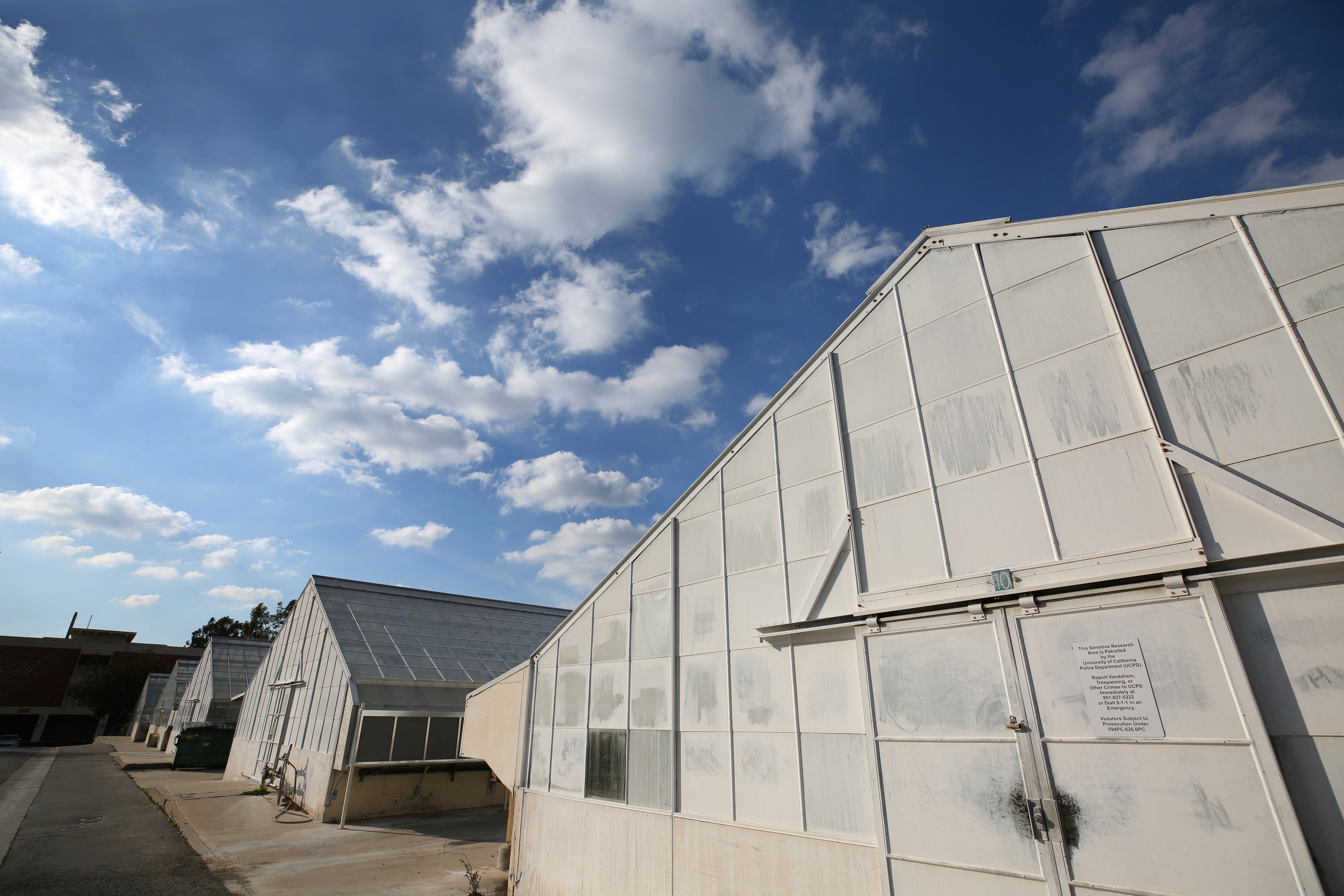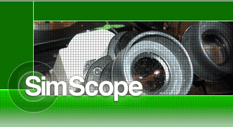The Nematode Isolation and Quarantine Facility (NIQF) was designed and constructed to contain Class “A” and “Q” nematode pests for the purpose of laboratory and greenhouse research. The facility is designed to contain water and soil-borne pathogens, and not air-borne pathogens requiring High Efficiency Particulate Air (HEPA) filtered ventilation. (The California Department of Food and Agriculture (CDFA) defines a class “A” nematode pest to be of known economic importance and subject to state enforced action involving eradication, quarantine regulation, containment, rejection or other holding action. A CDFA Class “Q” nematode pest requires temporary “A” action pending determination of a permanent rating. A Class “Q” nematode is suspected to be of economic importance, but its status is uncertain because of incomplete identification or inadequate information.)
The NIQF is located on the east side of the UCR campus, identified numerically as Greenhouse #15. The facility consists of a Quarantine Area and an Isolation Area.
The Simulated Microscopy project is a broad academic collaboration between life sciences faculty and staff of UC Riverside and UC Davis, supported by the UC Teaching, Learning and technology Center. SimScope provides a framework for sharing our knowledge, course content and micrographic equipment in order to develop multimedia teaching tools for a wide range of biological course subjects. These subjects are faced with similar instructional challenges, as they all rely on the microscope as a primary instrument for observation and demonstration of instructional material. We aim to produce resources that do not just demonstrate specimens, but also tools that allow students to independently enhance their understanding of microscopy techniques. Click here to visit the SimScope home page.

